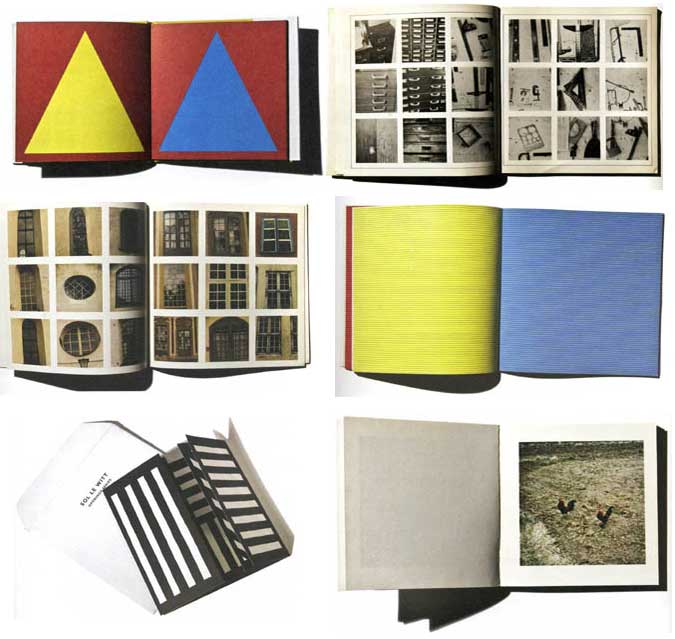SOL LEWITT’S UNUSUAL COCK FIGHT DANCE
LEWITT, Sol. Cock Fight Dance. (New York): Rizzoli & Multiples, 1980. 12mo, original stiff white paper covers.
First edition of this intriguing photographic sequence of a cock fight-uncharacteristic of LeWitt.
“LeWitt has never forsaken the fundamental approach that he developed in the 1960s, emphasizing ideas over psychological expression… Over the years, however, his work has grown more complex in its effect and more complicated in its execution. The work from the 1960s is the most austere and straightforward, while work from the 1970s inventively compounds the ideas and forms of the prior decade. The early 1980s saw a marked shift involving sensual color and surfaces, and a more explicitly expressive overall character” (San Francisco MoMA). This collection of images of a cock fight fits this latter style, but is nonetheless quite different from his other works of the same period. His current style of using grids is thought to be “as important for drawing as Pollock’s use of the drip technique had been for painting in the 1950s” (Bernice Rose).
The exhibition SOL LEWITT. Artist's Books opening at Art Laboratory Berlin on 21 January presents the complete oeuvre of 75 artists' books produced by the American conceptual artist Sol LeWitt, dating from 1967 to 2002. This exhibition pays tribute to the unique bibliophile production of the artist, who died in 2007.

Upper row : (l) Sol LeWitt, Geometric Figures & Color, New York: Harry N. Abrams, 1979 / (r) Sol LeWitt, Autobiography, New York: Multiples; Boston: Lois and Michael K. Torf 1980// middle row: (l) Sol LeWitt, Photo Grids, New York: Paul David Press; Rizzoli, 1977 / (r) Sol LeWitt,Lines & Color, Zürich: Annemarie Verna 1975 // lower row:(l) Sol LeWitt, Opening Series, Edinburgh: Morning Star Publications, 1994 /(r) Sol LeWitt, Cock Fight Dance, New York: Rizzoli & Multiples, 1980
The American artist Sol LeWitt (1928 - 2007) was an influential figure in minimalism and is considered one of the most important representatives as well as co-founder of American conceptual art. The term "conceptual art" goes directly back to LeWitt: "If the artist carries through his idea and makes it into visible form, then all the steps in the process are of importance. The idea itself, even if not made visual, is as much a work of art as any finished product. All intervening steps - scribbles, sketches, drawings, failed works, models, studies, thoughts, conversations - are of interest. Those that show the thought process of the artist are sometimes more interesting than the final product." (Paragraphs, Artforum, June 1967)
LeWitt's intensive artist books production was extremely versatile: he used different designs and formats as well as varied techniques from color lithography to offset printing. Finally the phenomena of reproducibility was part of the concept: "Also, since art is a vehicle for the transmission of ideas through form, the reproduction of the form only reinforces the concept. It is the idea that is being reproduced." (ibid.)
See also Caldic Collection - Artists’ Books ...
Video © Kira Kaunert, 2010
Sol LeWitt_Conceptual Art_Book Art. Essay by Regine Rapp
















Geen opmerkingen:
Een reactie posten